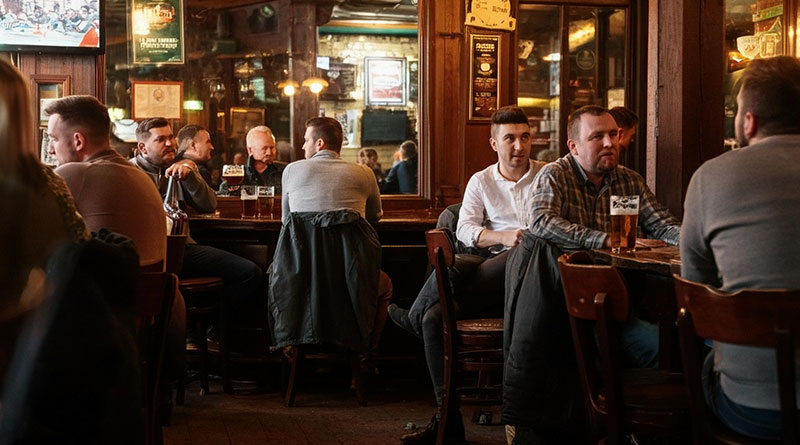UK Hospitality Sees Encouraging Signs Of Recovery Amid Changing Consumer Trends

The latest Oxford Market Watch Snapshot reveals a shifting landscape in UK hospitality, with some sectors showing resilience and even growth, despite challenges in trading conditions.
The standout story of early 2025 is the continued rise of stout, which has seen a remarkable 16.4% increase in sales, defying market trends as core lager (-7.1%) and craft beer (-10.3%) struggle.
At the same time, consumer engagement remains strong, with footfall levels holding steady and dwell time increasing by 2.3%, reflecting a growing preference for longer, more immersive hospitality experiences. Consumer spending also continues to rise, with credit card transactions up 2.6% in pubs, bars, clubs, and restaurants, according to Barclays data. Meanwhile, Oxford’s own Market Watch reports a 4.3% rise in average spend per head on drinks and a 3.1% increase on food, reinforcing the ongoing movement towards premiumisation.
Despite positive consumer engagement, the sector continues to face structural challenges. Compared to this time last year, 1,200 fewer outlets are trading, equating to 3.3 closures per day. However, there is cause for optimism, as 330 new venues have already opened in 2025, indicating a potential turnaround in trading conditions.
Another key trend is the 1.7% reduction in opening hours, reflecting both cost-saving measures and seasonal shifts in demand. As businesses adapt to changing consumer habits, strategic operational decisions will be crucial in maintaining profitability.
Draught beer sales continue to decline, with a sharp -5.9% drop in the last four weeks, driven largely by falls in Core Lager (-7.1%) and World 4% Lager (-4.3%). However, World Lager bucked the trend with a 7.2% bucked the trend with an increase, while stout continues to surge, becoming a firm favourite among younger demographics, particularly Gen Z and female consumers.
Despite market fluctuations, there are reasons to be optimistic about the future of UK hospitality. Alison Jordan, CEO of The Oxford Partnership, commented: “While the industry continues to navigate challenges, there are clear indicators of resilience and growth. Consumers remain eager to socialise, with longer visits and increased spending reinforcing hospitality’s role as a key pillar of British culture. The rise of stout, the premiumisation trend, and the steady flow of new venues opening suggest an evolving market full of opportunities. If operators continue to adapt and innovate, 2025 could be a year of renewed strength for the sector.”
